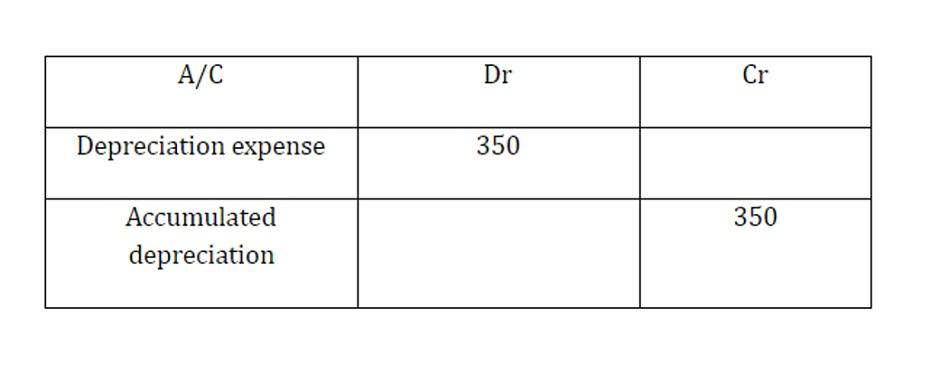
These financial reports provide valuable insights into the business’s financial health, allowing owners to make informed decisions and identify areas for food truck accounting improvement. The goal of every business is to earn a profit and manage the same. There are jargons in accounting that you should be familiar with.
1000
more rows at the bottom
Kristen Slavin is a CPA with 16 years of experience, specializing in accounting, bookkeeping, and tax services for small businesses. A member of the CPA Association of BC, she also holds a Master’s Degree in Business Administration from Simon Fraser University. In her spare time, Kristen enjoys camping, hiking, and road tripping with her husband and two children. The firm offers bookkeeping and accounting services for business and personal needs, as well as ERP consulting and audit assistance. A restaurant profit and loss statement, also called a P&L, is a financial document detailing the total revenue and expenses over a predetermined period of time.
Understand your operating expenses
This will give you an insight into how much your business costs to run. The cost of preparing the item on the menu is divided by the total revenue from the item. This ratio ensures that you’re making a profit from each menu item. Track your consumables and supplies to calculate the value of the food you have in stock and determine the average daily inventory costs.
- If you run a business and simultaneously host events, introduce a great deal of specials, manage fundraisers, etc., you’ll want a multipurpose planner like nTask.
- If you can, consider keeping digital business records in the cloud with online accounting or storing them physically in a safe and secure location.
- It gives an image of the total profits and losses in a specific period.
- Some of you will have enough money savings to cover the costs.
- Here are some of the basic costs you’ll need to account for in your small food business.
Food truck culture runs rampant online, so do even the barest bit of searching and you won’t be left wanting for how-to guides. Software companies in the industry often try to win your heart with in-depth instructionals on the basics of the food truck business. This guide on building a food truck by popular POS system TouchBistro, for one, offers a resource for finding best truck types, electrical advice, and even painting tips. You can find similar build-specific tips from Toast, Food Truck Empire, and FoodTruckr. If you’re starting your food truck from scratch and don’t want support from professionals, computer aided design software (CAD) is your best bet.
Want to start your own food business?
That’s why I offer a free, 30-minute Discovery Call so we can talk about your business, and determine what you need as far as accounting and bookkeeping service. While accounting for restaurants can be arduous, it doesn’t have to be a daily struggle if you choose the right approaches. Restaurant 365 is the gold standard for accounting services with restaurant management features. The cloud-based software joins standard bookkeeping with ordering, invoicing, and staff scheduling.

For example, if your restaurant has $3,000 worth of inventory on hand at the beginning of the week and purchases another $2,000 of food products, you have $5,000 worth of inventory. Ideally, labor should be less than 30 percent of the revenue. Depending on the type of restaurant you run, though, costs may be higher or lower. To evaluate the costs, divide the staff into groups of kitchen staff or managers to see which group is costing you more. Payroll in the restaurant industry can be challenging as tracking employee hours is complex. Multiple wages and staff positions are the norms in the restaurant industry, and the ability to accommodate different rates is vital.